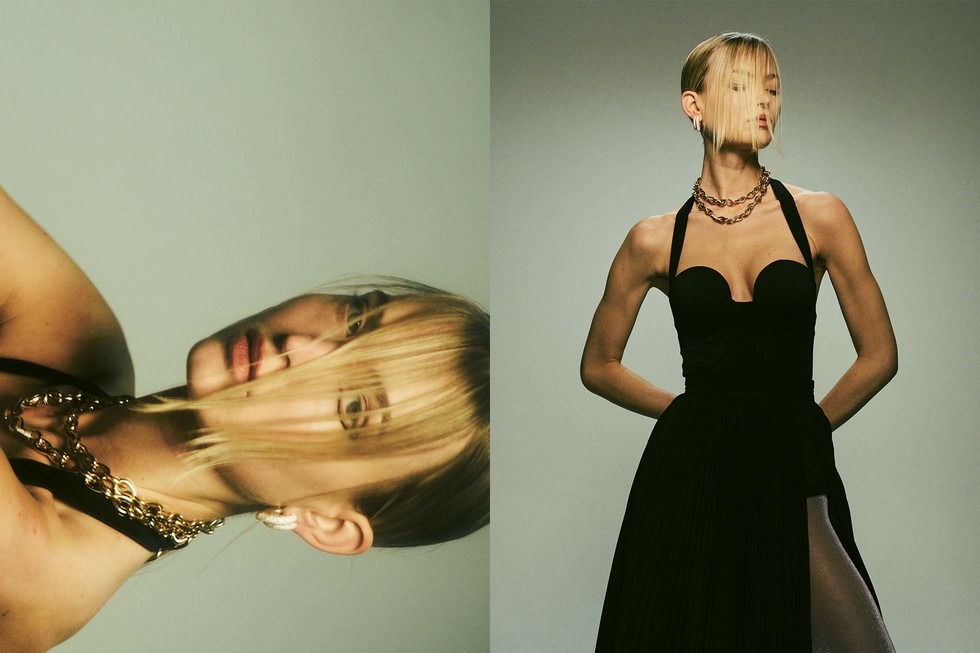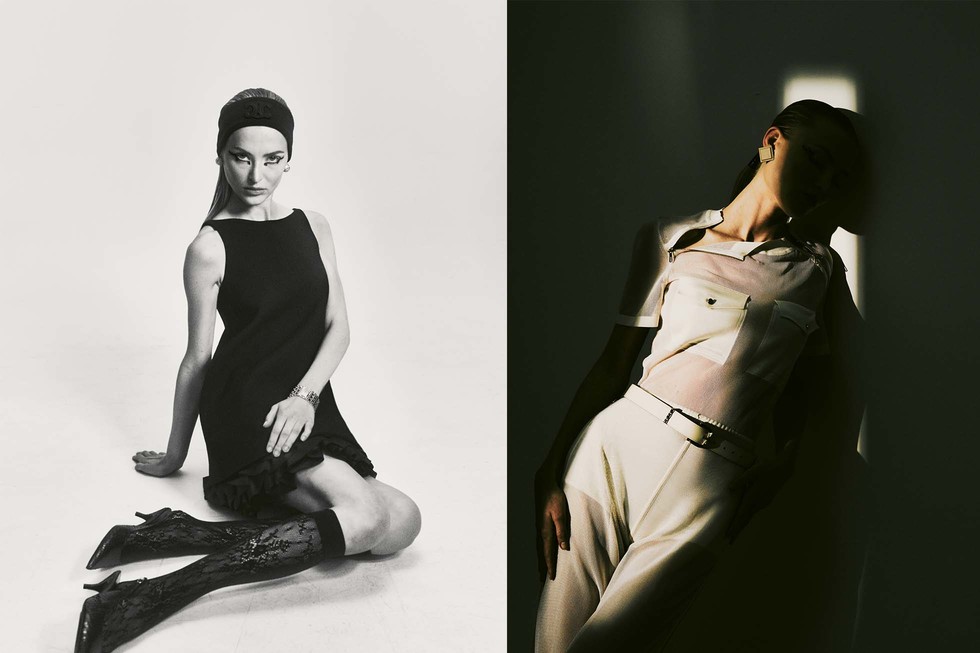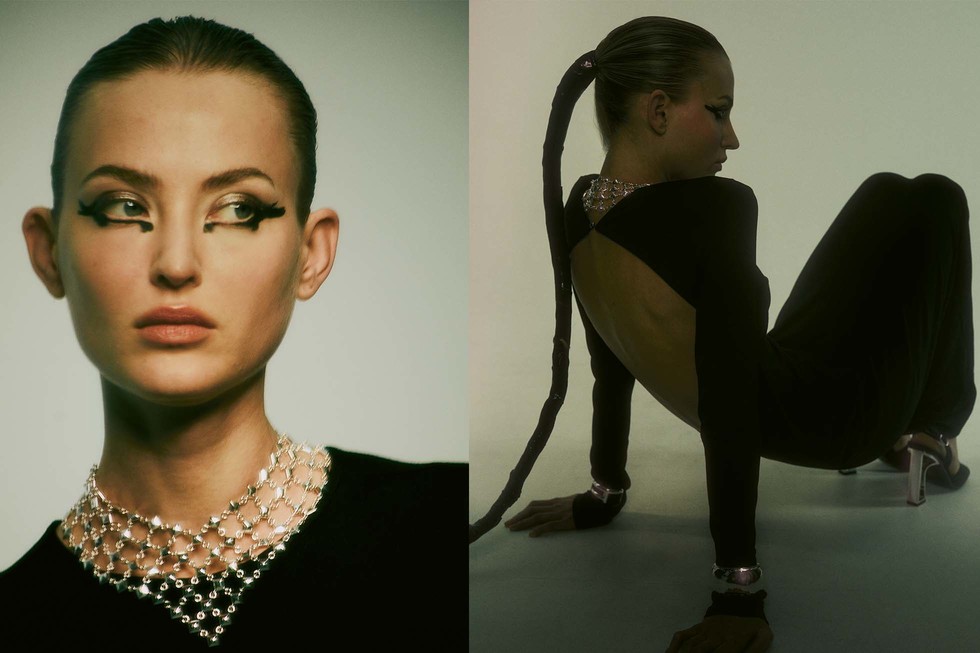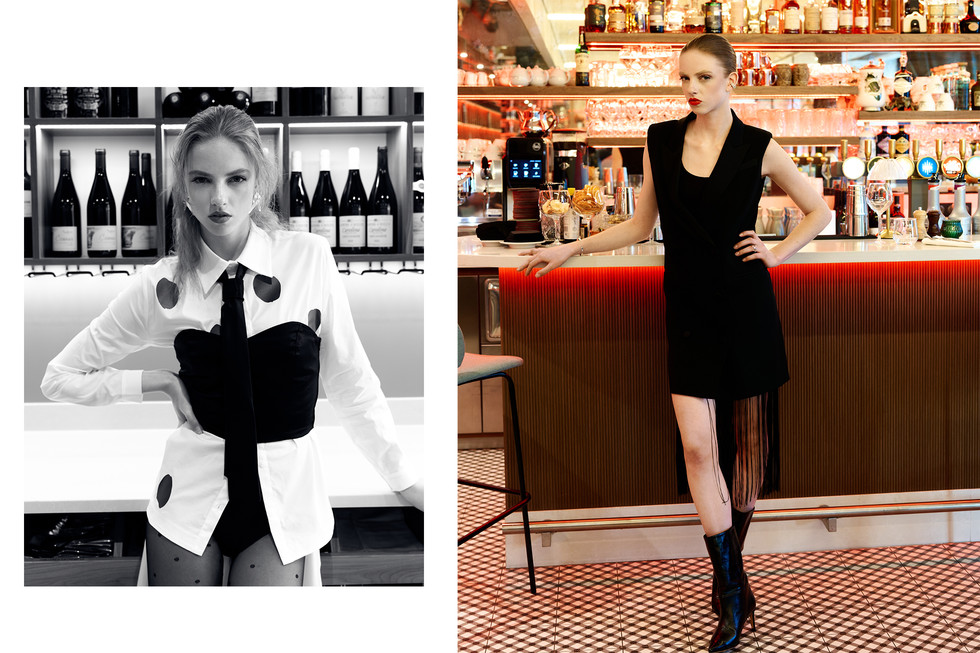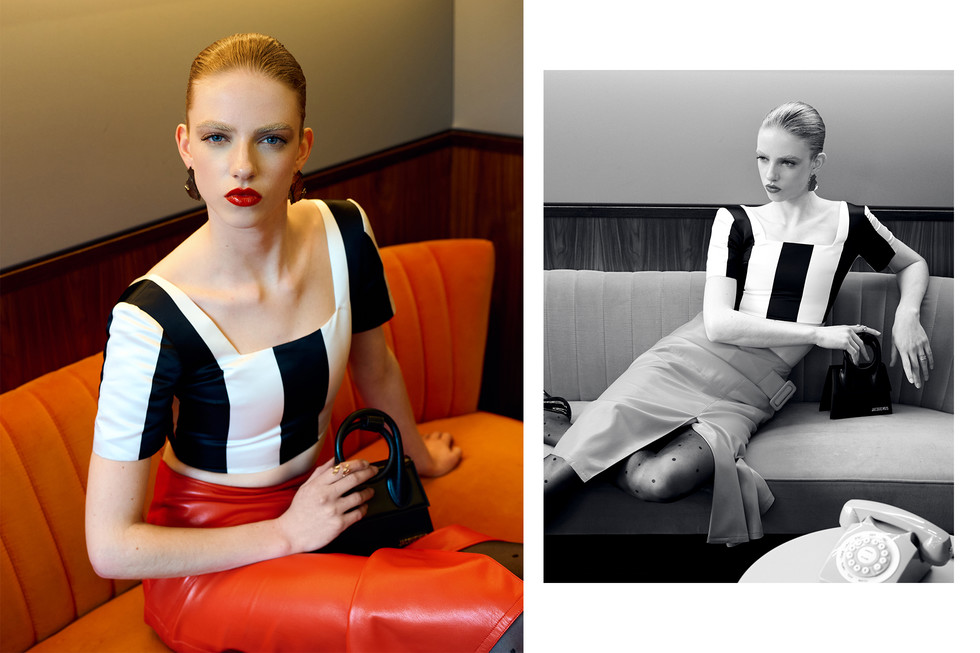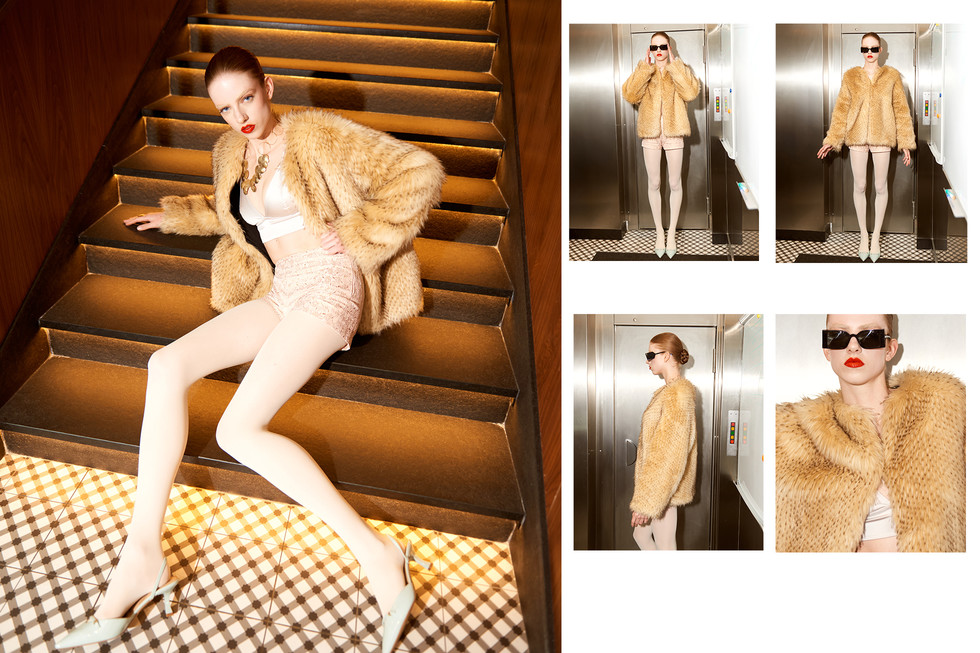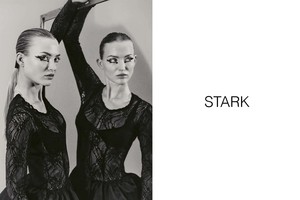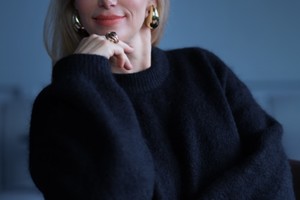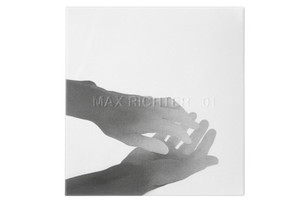
| skin Kryolan tv paint stick Gucci Beauty matte beauty powder eyes Claropsyche psyche’s box palette lips Chanel Beauty rouge allure laqué éternité top Uniqlo gloves Mango |

| skin Kryolan tv paint stick Gucci Beauty matte beauty powder eyes Claropsyche psyche’s box palette lips Chanel Beauty rouge allure laqué éternité top Uniqlo |
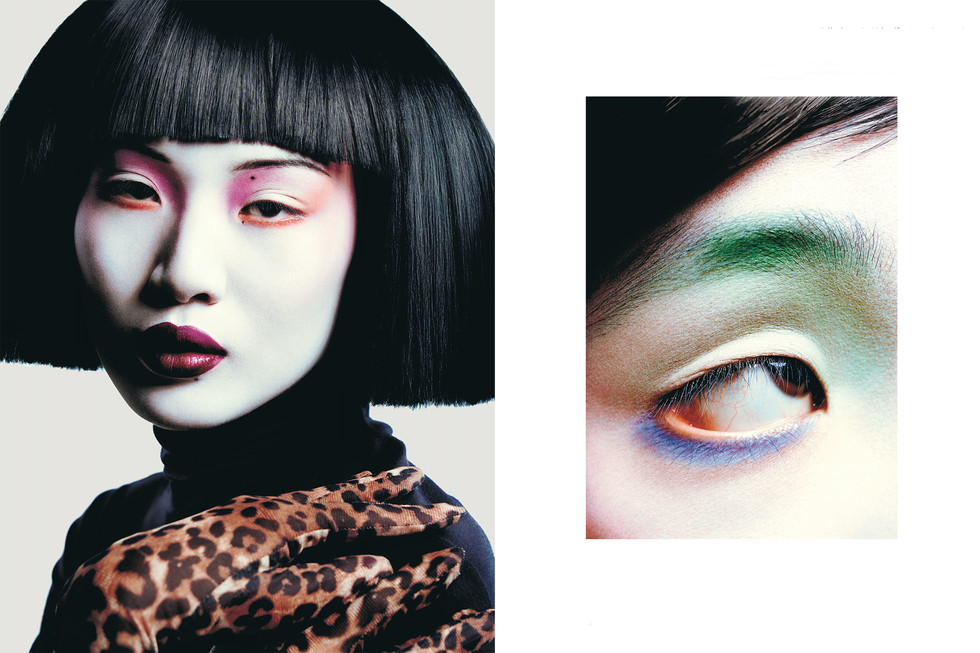
| skin Kryolan tv paint stick Gucci Beauty matte beauty powder eyes Claropsyche the butterfly palette lips Chanel Beauty rouge allure liquid velvet hypnotisante |
| kin Kryolan tv paint stick Gucci Beauty matte beauty powder eyes Claropsyche psyche’s box palette lips Chanel Beauty rouge allure laqué éternité top Uniqlo gloves Mango |

| skin Kryolan tv paint stick Gucci Beauty matte beauty powder eyes Claropsyche the butterfly palette lips Chanel Beauty rouge allure liquid velvet hypnotisante scarf Stylist’s Own |
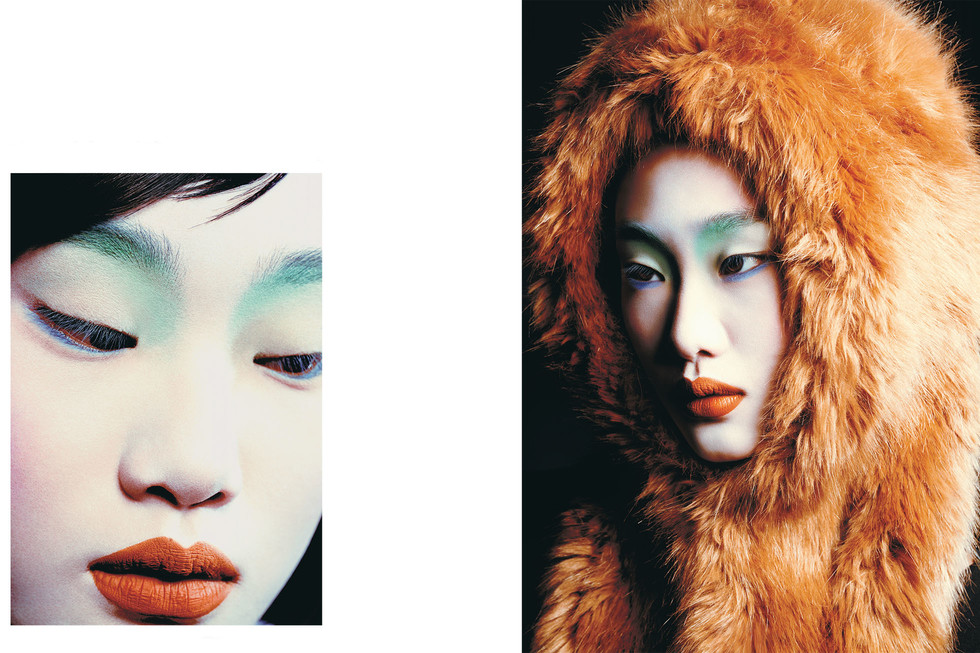
photography Elisa Antoine production Solenn Delhaye-Boloh hair and makeup Flavie Delobbel models Kerya Ung & Eva Zihan Ye |
| skin Kryolan tv paint stick Gucci Beauty matte beauty powder eyes Claropsyche the butterfly palette lips Chanel Beauty rouge allure liquid velvet hypnotisante scarf Stylist’s Own |



